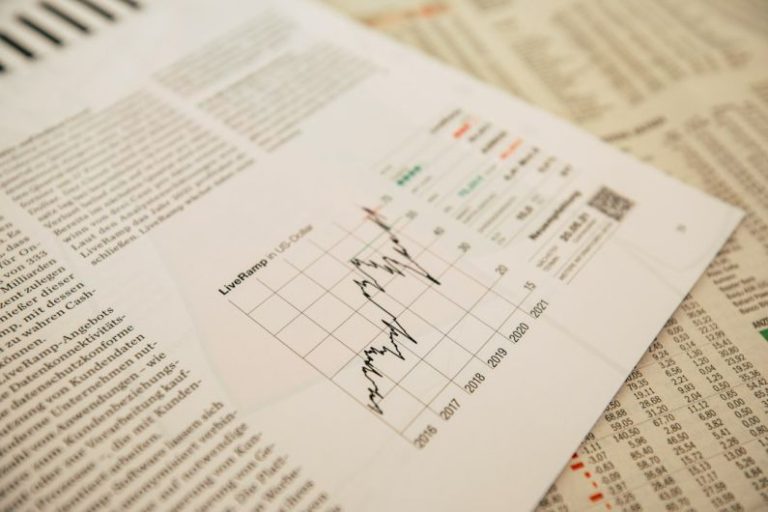What’s the Stage of the Business Cycle?
Understanding the stage of the business cycle is crucial for businesses and investors alike. It provides valuable insights into the current state of the economy and helps guide decision-making processes. In this article, we will explore the different stages of the business cycle and their implications.
Expansion: The Boom Phase
The expansion phase, also known as the boom phase, is characterized by strong economic growth. During this stage, businesses experience increased sales, high consumer confidence, and rising employment rates. As a result, companies may expand their operations, invest in new technologies, and hire additional staff. Investors often see substantial returns during this phase, as stock markets tend to perform well.
Peak: The Top of the Cycle
The peak represents the highest point of the business cycle. It is characterized by the culmination of economic growth, with businesses operating at full capacity. During this time, inflation may start to rise, and interest rates may increase to control excessive spending. The peak phase is often accompanied by increased speculation and market euphoria. However, it is important to note that the peak also signals an imminent downturn.
Contraction: The Downturn Phase
The contraction phase, also known as the downturn or recession, follows the peak and represents a decline in economic activity. During this stage, businesses experience a decrease in sales, leading to lower profits. As a result, companies may cut costs, lay off employees, and reduce investments. Consumer confidence declines, leading to decreased spending and a slowdown in the overall economy. Stock markets tend to decline during this phase, and investors may experience losses.
Trough: The Bottom of the Cycle
The trough represents the lowest point of the business cycle. It is characterized by a period of economic stagnation and low levels of business activity. During this stage, unemployment rates are high, and consumer spending remains subdued. However, the trough also signals an opportunity for recovery and growth. As the economy reaches its lowest point, businesses and investors can start to anticipate a turnaround.
Expansion: The Recovery Phase
The expansion phase marks the beginning of the recovery from the trough. During this stage, economic activity starts to pick up, and businesses experience a gradual increase in sales. Consumer confidence begins to improve, leading to higher levels of spending. Companies may start to hire again, and investments may increase. Stock markets tend to recover during this phase, presenting opportunities for investors.
The Importance of Recognizing the Business Cycle
Understanding the stage of the business cycle is crucial for businesses and investors to make informed decisions. By recognizing the current phase, businesses can adjust their strategies accordingly. For example, during the expansion phase, companies may focus on expanding their market share and investing in new ventures. On the other hand, during the contraction phase, businesses may need to cut costs and streamline operations to weather the downturn.
For investors, recognizing the business cycle can help guide investment decisions. During the expansion phase, it may be wise to invest in growth-oriented companies and sectors. Conversely, during the contraction phase, investors may opt for defensive stocks or safe-haven assets to protect their portfolios.
In conclusion
The business cycle is a natural pattern that economies go through, consisting of four distinct stages: expansion, peak, contraction, and trough. Each stage has its own characteristics and implications for businesses and investors. Recognizing the stage of the business cycle is essential for making informed decisions and adapting strategies accordingly. By staying attuned to the business cycle, businesses and investors can navigate economic fluctuations and position themselves for success.






